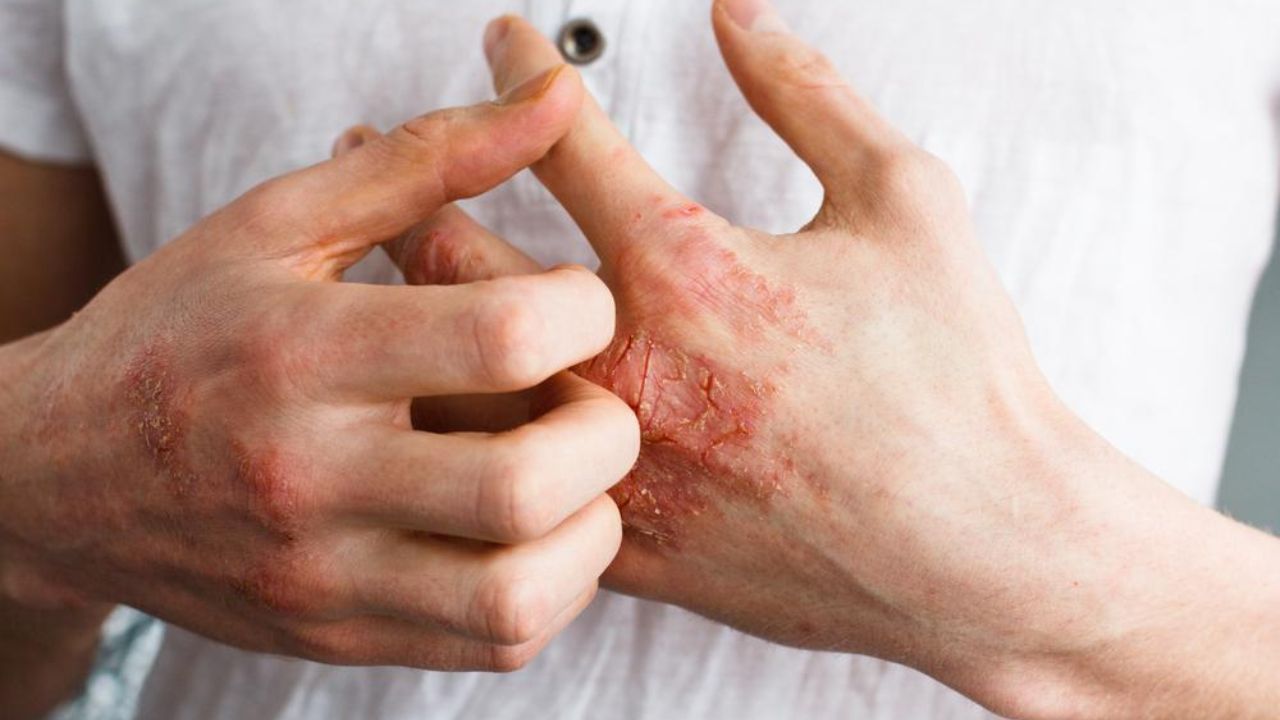Skin irritation known as dermatitis usually manifests as dry, puffy, and frequently discolored skin. While the underlying reasons of the many varieties of this ailment may differ, some are long-lasting while others return frequently during flare-ups. Some varieties of dermatitis, often known as eczema, are typically found in youngsters, while others are more frequently encountered in adults.
How do we prevent dermatitis, especially during the monsoon season when the skin and scalp are so vulnerable to infections and other ailments? Dermatologists provided their advice on how to live a healthy life and protect one’s skin and hair.
Dermatitis symptoms:
The signs and symptoms of eczema and dermatitis vary depending on the condition. Itchy skin rashes and red, inflammatory patches of gray or reddish-brown color on the feet, hands, neck, chest, knees, elbows, and other areas are the most typical symptoms. Some patients may experience persistent itching, which frequently gets worse at night. Skin thickening and cracking are further signs.
Following are some tips for preventing dermatitis on the skin:
Hydration: Anyone who has dermatitis should apply moisturizer on a daily basis to keep their skin hydrated. Also, refrain from using soap on your hands too regularly. Instead, they must use moderate and light cleansers that reduce skin dryness.
Comfortable clothing: Our clothing should be light and comfortable, ideally made of cotton, as this material will assist to absorb sweat and prevent it from sitting on the skin for an extended period of time. This can aid us in reducing our risk of developing dermatitis.
How to prevent dermatitis on the scalp and hair:
Dermatitis seborrheic: Due to various allergic reactions, seborrheic dermatitis is frequently encountered in newborns under three months of age as well as in adults between the ages of 30 and 60. Although it is typically brought on by the weather, hormonal changes, or harsh chemicals like PPD, EDTA, ammonia, its byproducts, and synthetic fragrances, it can occasionally also be brought on by common foods like cheese, tofu, salt in chips, bread, or cake, among other things. Although there are shampoos and lotions with chemicals in them, they only treat the dermatitis on the surface, and once you stop using the product, the dermatitis frequently returns.
Alternatives made of natural materials: When compared to products made of chemicals, natural materials usually perform better. Avoiding styling products, chemical-based shampoos, dyes, etc. if one is prone to dermatitis is a smart suggestion. It is advised to use rich Ayurvedic and natural components to soften and remove the dermatitis scale.

 English
English






